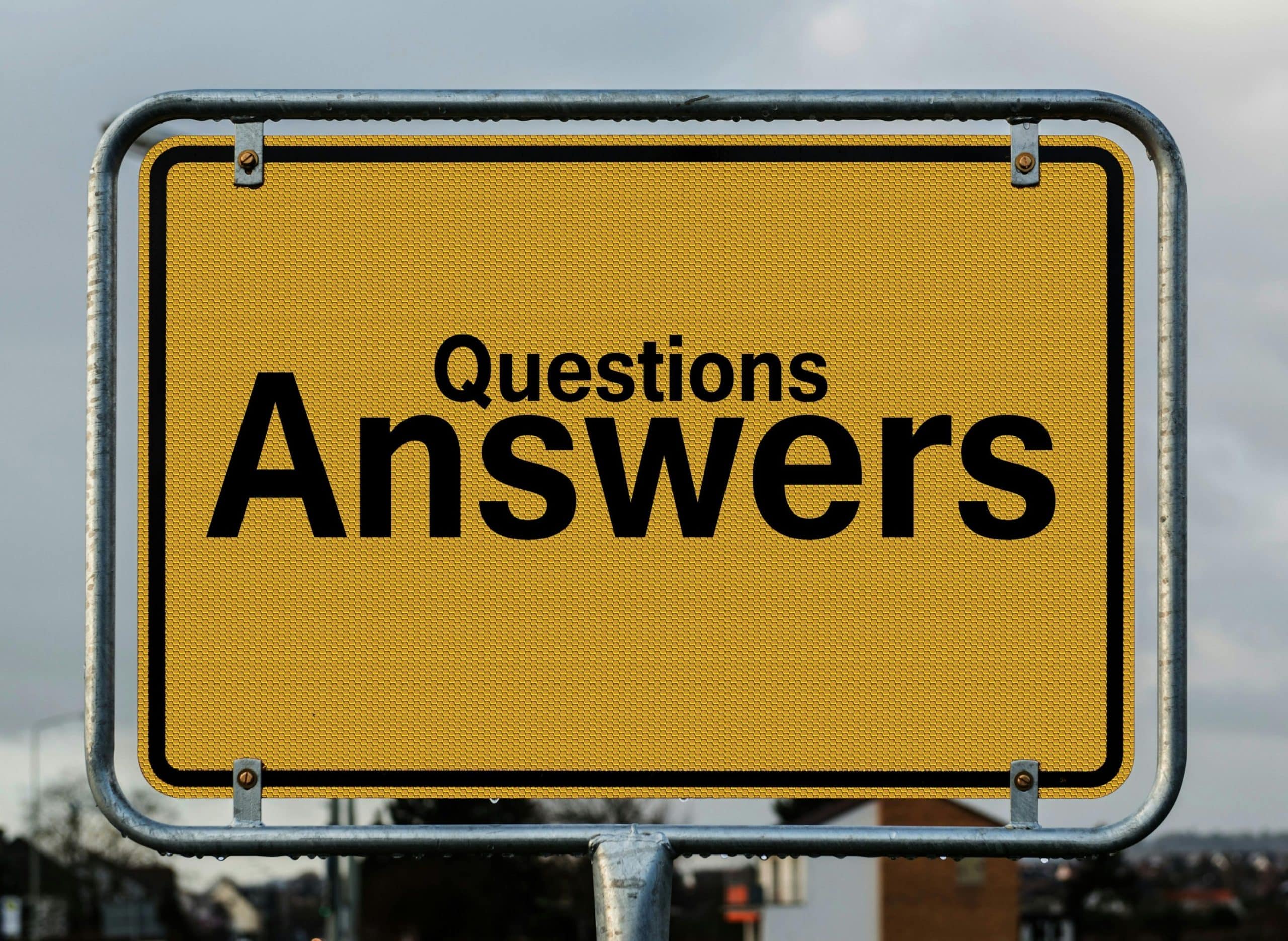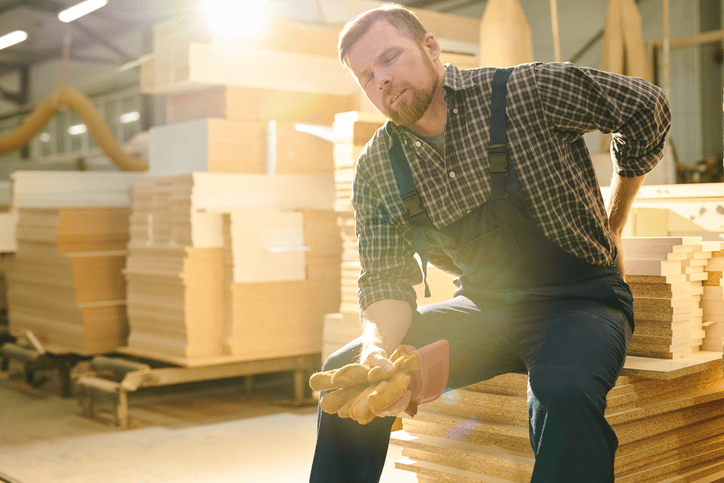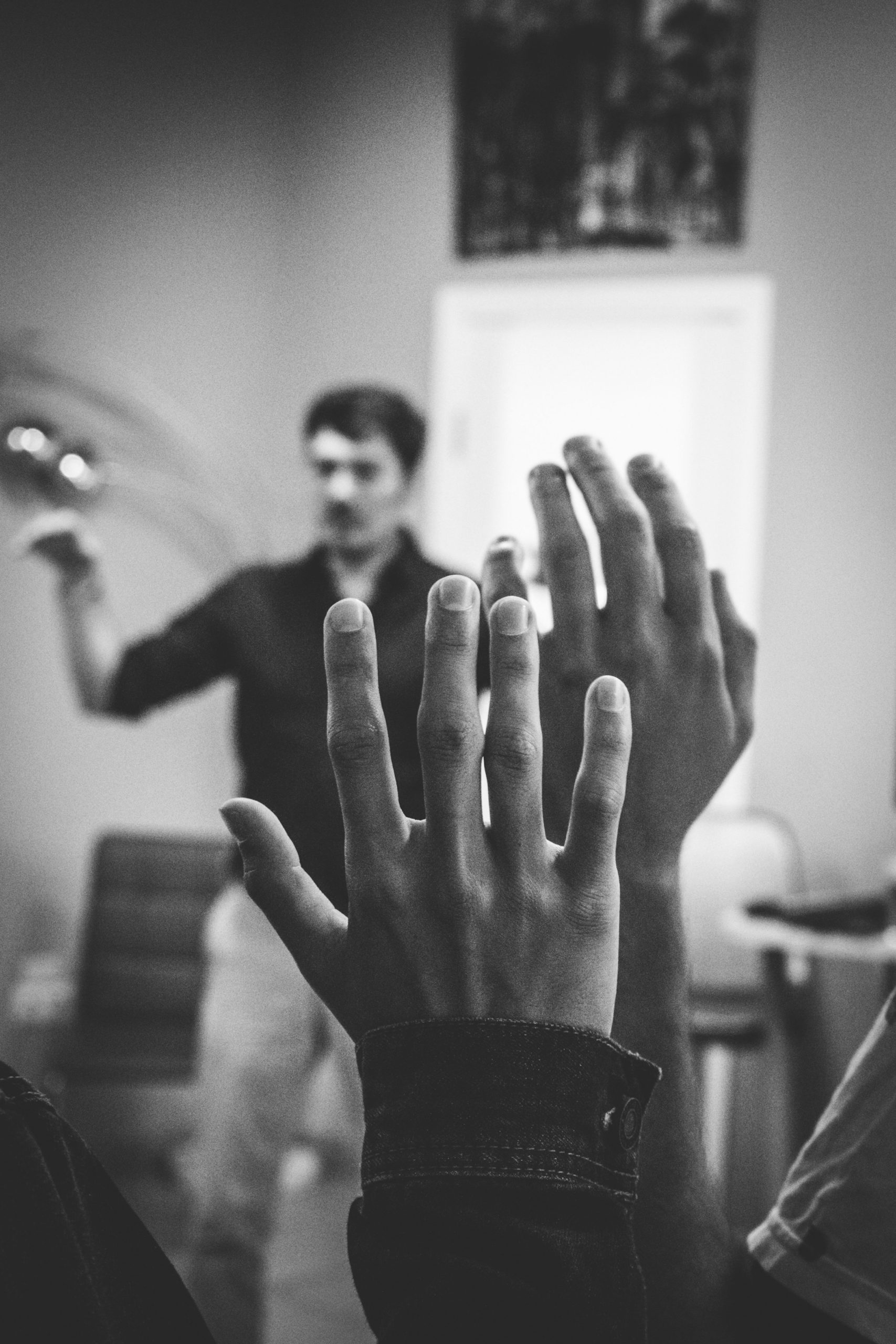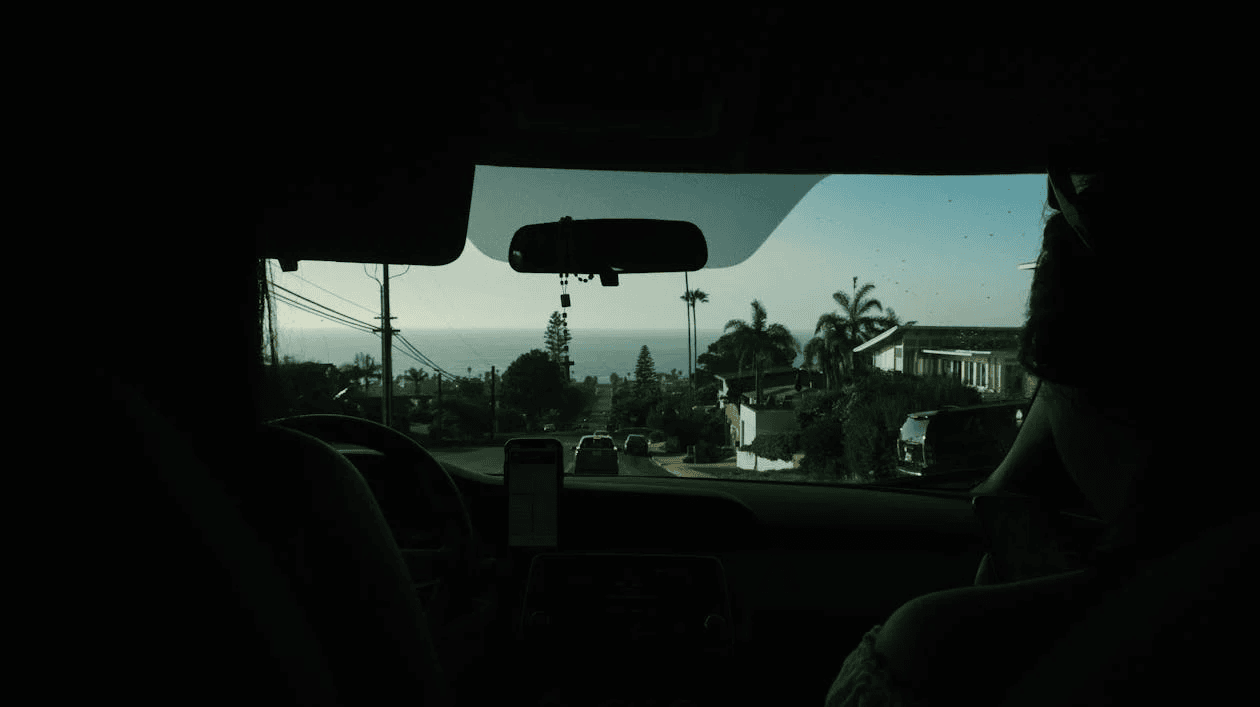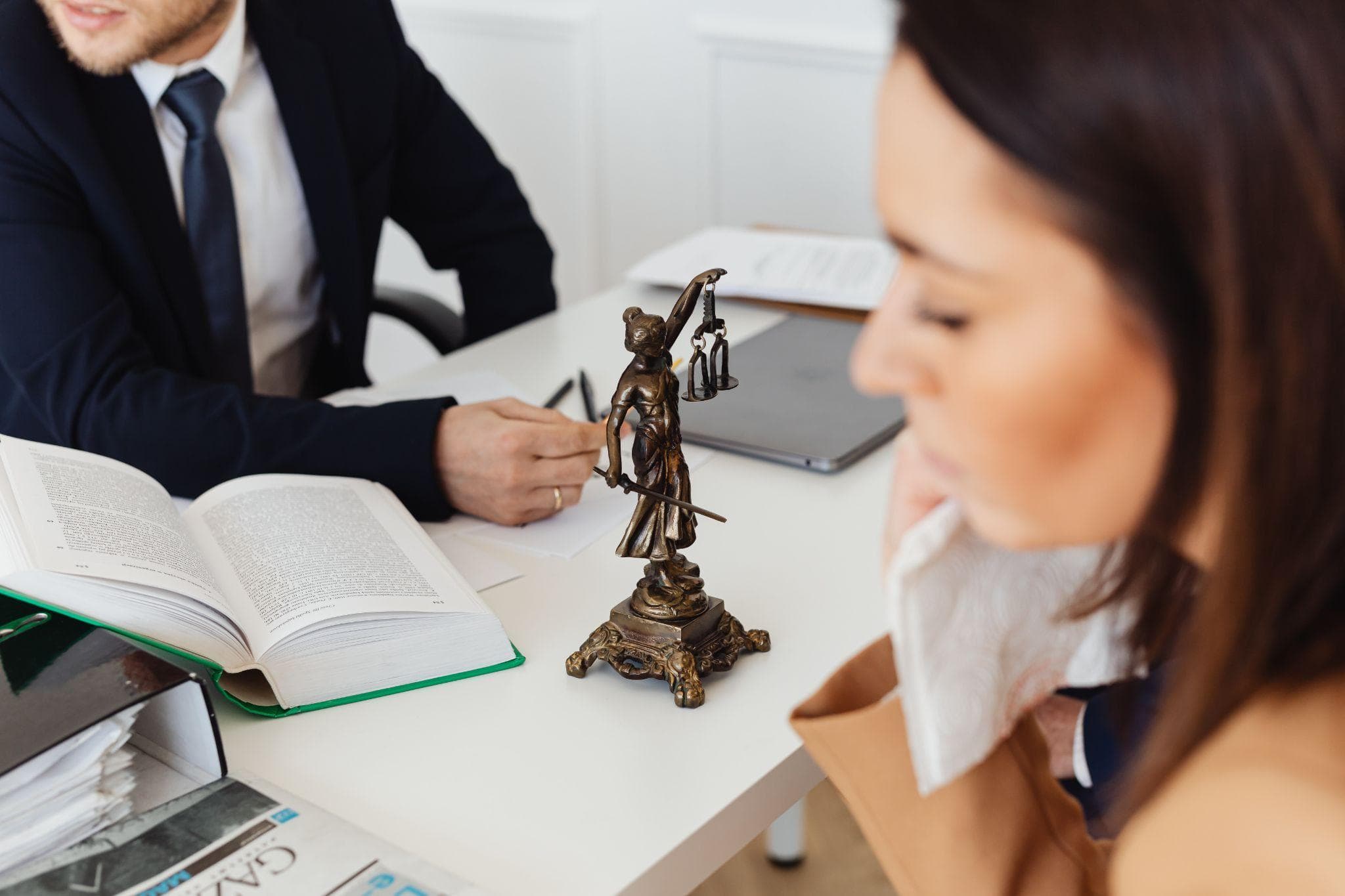Colorado, the nation’s number one ski and snowboard destination, has some of the best ski resorts. Indeed, there’s no substitute for the state’s winter vacation. The number of skiers heading to the state for skiing increases annually. However, this increased skiing practice gives rise to more ski collision cases in Colorado every year.
Although the state has established its Ski Safety Law, accidents occur. Therefore, knowing how to act and how responsibilities will be established in case compensation is required is important.
If you’re a skiing enthusiast, here’s a quick guide to ski collision cases in Colorado to help you get useful insights into the types of ski accidents that one may encounter and how to act responsibly.
A Quick Guide to Ski Collision Cases in Colorado
When a sport such as skiing is practiced, the person who practices it must assume that they are doing, voluntarily, an activity that carries an added risk and, as such, accepts the implications.
However, it is also true that we all have the right to practice skiing in a place where the necessary security measures have been taken, including the relevant signage, and in which the activities are properly supervised and managed.
When Are You Entitles to Claim Compensation for Your Damage in a Skiing Accident?
First of all, you have to know that there are a series of rules of conduct for skiing issued by other organizations, by the International Ski Federation, that must be respected. Among other things, these rules can weigh before a judge in a ski collision case.
In the same way, ski resorts must provide adequate, safe facilities following regulations and duly signposted.
In the event of an accident, the station is often not held responsible, or at least not always, since the user must also prove that they used the facilities correctly.
Most Common Ski Collision Cases In Colorado: Who is Responsible?
Let’s look at three simple examples of common skiing accidents:
- The skier collides with an obstacle on the slope (a snow cannon, a machine, or a natural obstacle: a stone or an unmarked and/or unprotected bald spot). In principle, if it is not determined that the skier has committed any infraction, the resort or its insurer jointly and severally must compensate the injured party for the damages. Be careful; you should know that outside of the open slopes, you ski at your own risk.
- There is a collision between two skiers. In these cases, it is important to establish whether both were traveling on correctly enabled and signposted lanes, whether one was driving at an inappropriate speed, etc. In this sense, it will be important to take pictures, witnesses, and evidence, and of course, have insurance that can cover the responsibility of each one.
- The weather drastically worsens, and the skier falls due to a lack of visibility. If it can be proven that the resort should have closed due to adverse weather conditions for skiing, you can ask for compensation. If the fall occurs on the chairlift or a ski lift, you will be covered by the compulsory travel insurance that all these means of transport/trailers must have.
Other Typical Skiing Accident Cases You Can Claim
There are also other services or professionals related to skiing that may incur liability in the event of an accident:
- You have hired classes, and the instructor takes you through an unsafe area where you run additional risks, such as driving off-road or suffering an avalanche.
- You have been rented faulty ski equipment and have suffered a fall.
- You slipped through a public walkway on the station premises that has not been properly cleared of ice and snow.
How to Act After a Ski Accident
- Seek medical attention as soon as possible. The folding maps you get at the stations, contact urgent attention telephone numbers of the station itself.
- If necessary, request the presence of the local police and get the relevant report.
- If this is the case, get the main data of the person who caused the accident.
- Take photographs of the area, any obstacle or lack of signage, the atmospheric situation, possible faulty equipment, etc.
- Collect data from witnesses.
- Check if you have specific insurance and contact. Check if not, if your home insurance covers legal assistance.
- Keep proof of all medical or other expenses related to the accident.
- Talk to a personal injury attorney in the state to ensure you get the fairest compensation.
Talk to an Attorney to Get the Compensation for Your Damages in a Skiing Accident
If you’re injured in a skiing accident in Colorado that you believe was someone else’s fault, contact The Bourassa Law Group, a leading personal law firm with an expert team of attorneys helping injured clients claim personal injury lawsuits throughout the state.
Get in touch today for a FREE consultation.
